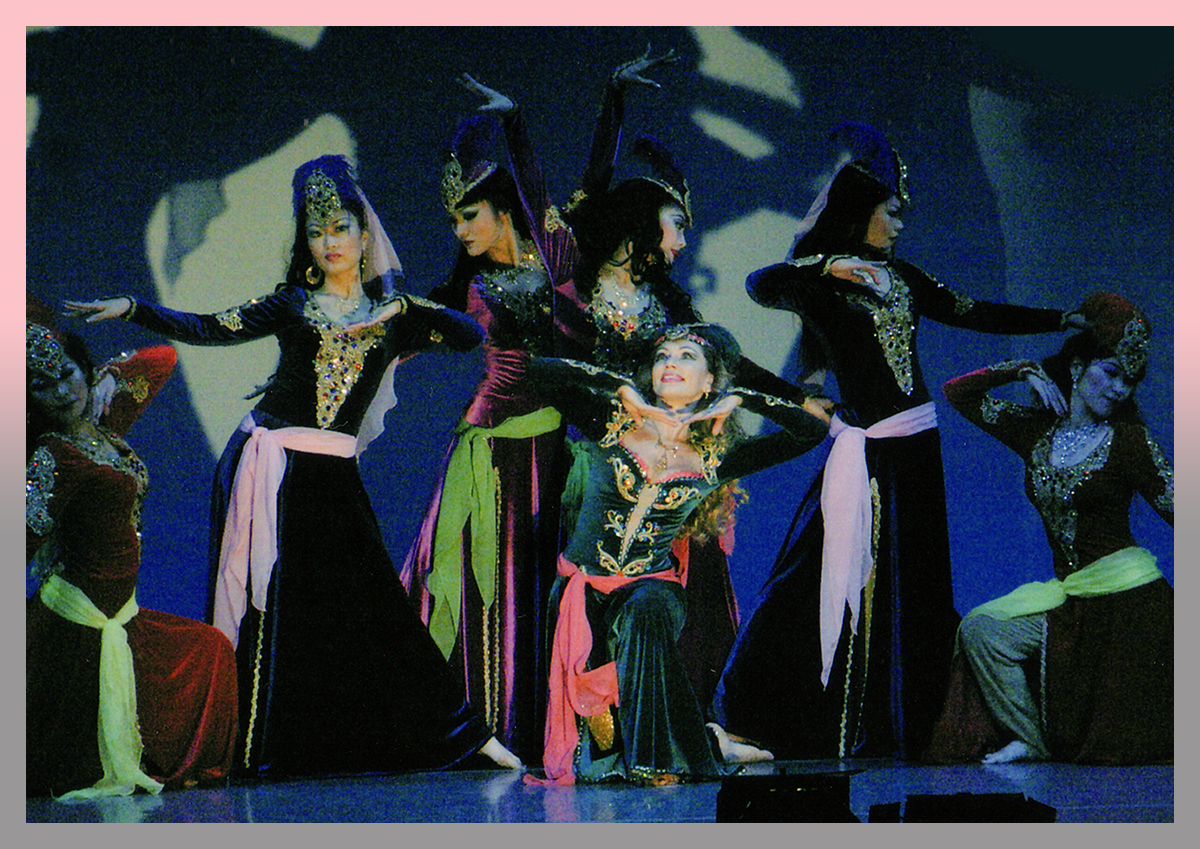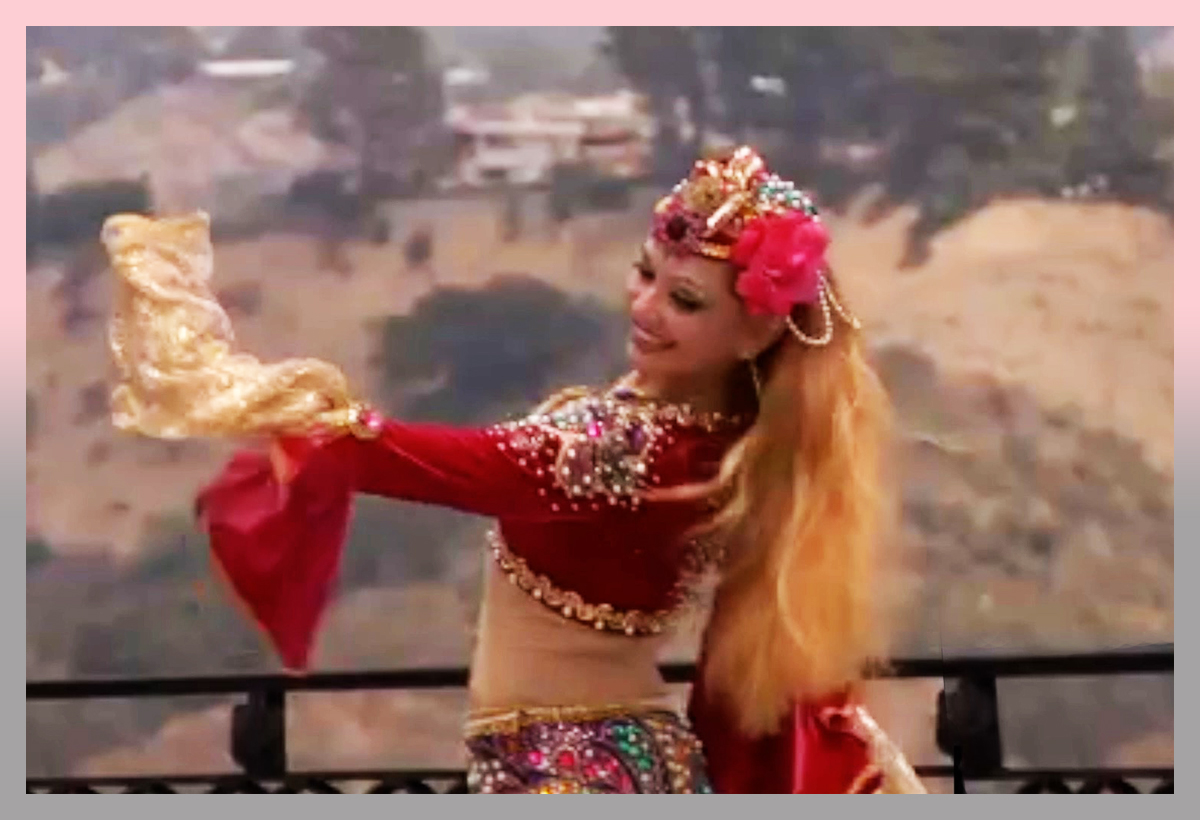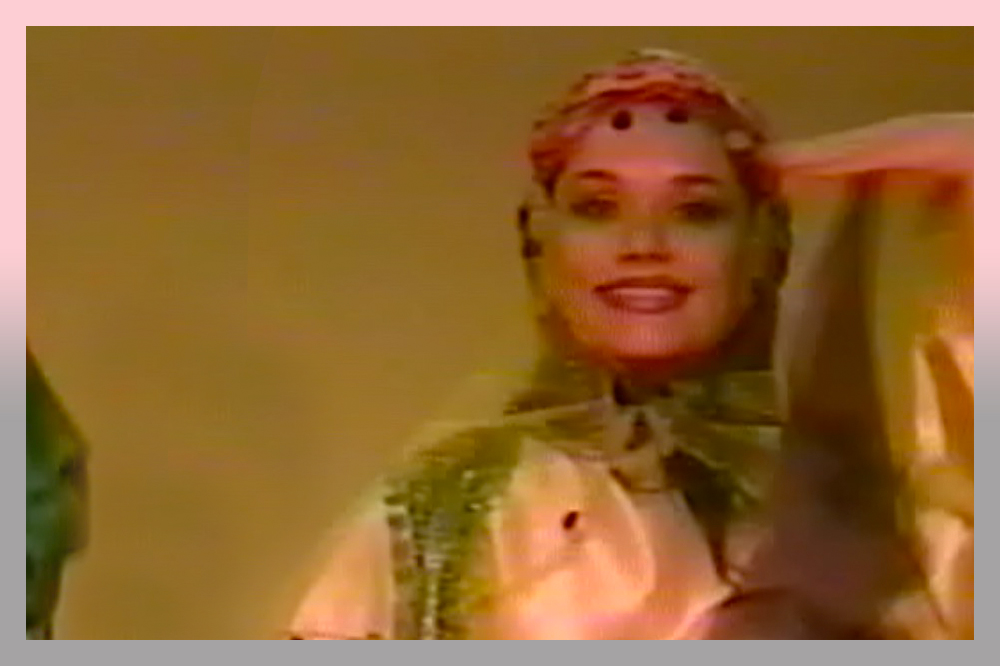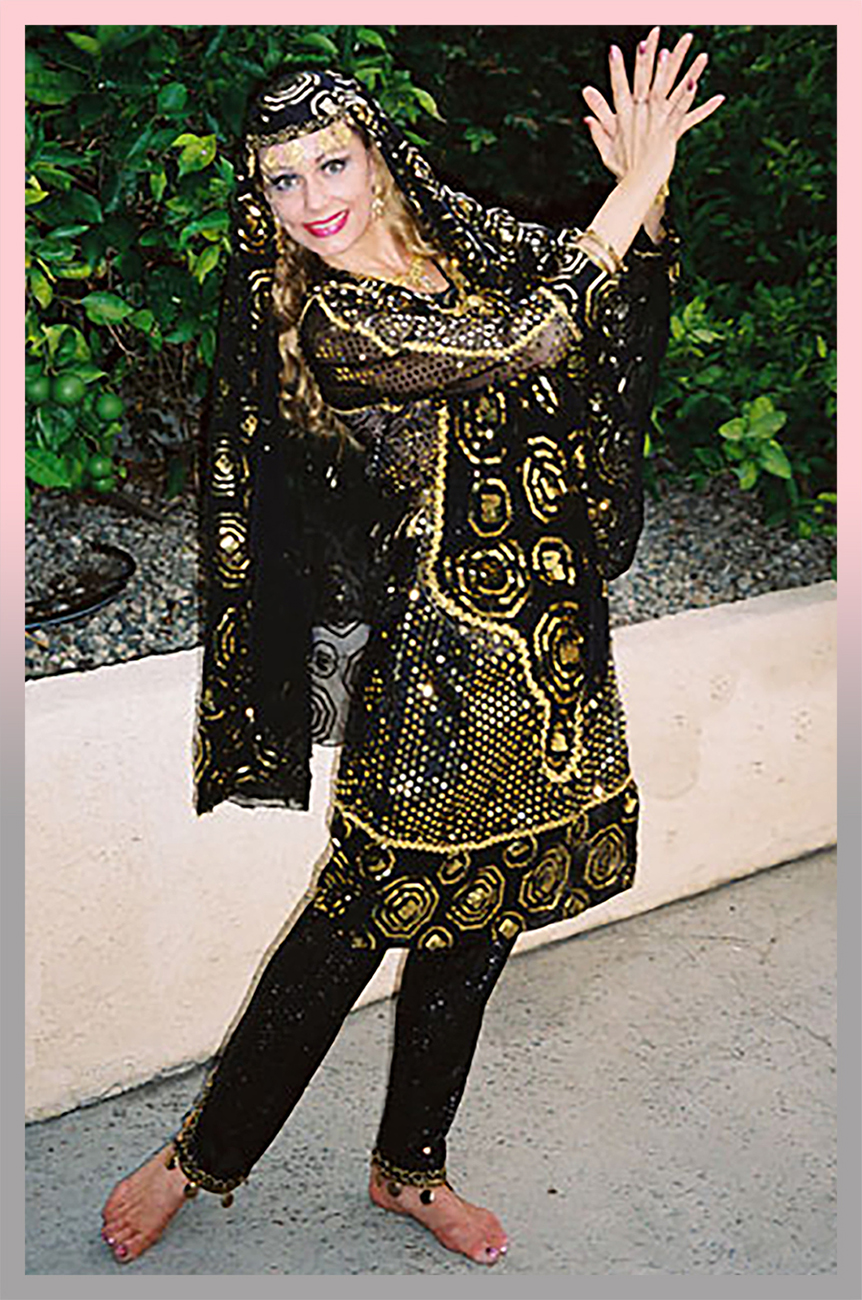Persian Dance
Persian dance
“Dance, if you’ve torn the bandage off. Dance in the middle of the fighting. Dance in your blood. Dance when you’re perfectly free.”
― Rumi.
Persian dance
Persian dance is one of the ancient forms of Silkroad Dances
Abdullah Nazemi is Louchia’s teacher and founder of«Pars National Ballet» in Los Angeles . Mr. Nazemi with famous choreographer in Iran, and a professor at Faculty of Dramatic Arts for Ministry of Culture and Art, and he choreographed and taught at various academies affiliated with the Iranian Ministry.
Persian dance is one of the ancient forms of Silkroad Dances.
Dance (Raghs) has been a big part of Persian culture and identity for many years. Dancing had a significant role in religious rituals specifically in the faith of Zoroastrianism. At the time of Persian Empire and during Achaemenids, Parthians and Sassanids dynasties, dancing was a well-developed and respected art form.
The Roots of Persian dance trace back to the royal Iranian Qajar dinasty 1780-1906). Fath ‘Ali Shah (1798-1834) in particular devoted a great deal of the royal treasury to all forms of art, including dance. Genres of dance in Iran vary depending on the area, culture, and language of the local people, and can range from sophisticated reconstructions of refined court dances to energetic folk dances.
Contemporary Persian dance is classified into 3 styles:
Classical style : (Qajar period, “Persian Miniature”) ,
Classical Persian
Court dances, Solo dances
Improvisational, often utilize delicate, graceful movements exquisite hand movements and round fluid movements of the hips, shoulders and.seductive arm and hand movements, such as wrist circles., upper body undulations and facial expressions fillings of happiness, celebration, surprise or suffering. Movements of eyebrows define the Persian classical style. Costume style usually imitate dancers dress in «persian miniature» painting . Kereshme or Naz “flirting” or “acting coquettishly” is perhaps the most important characteristic of the urban social dances of Iran.
Modern Persian Dances
Mix Styles of Persian traditional, Classical, Modern or Ballet can be performed based on traditional persian music, contemporary or pop songs.
Modern Persian dance usually uses Persian myth, literary and poetry with historical themes.
Baba Karam
Modern Social Dance Traditionally featured male dancers but nowadays, is also performed by women. Baba Karam sometimes refers to contemporary persian dance style.
Jâheli is a dance popularized in the 1960s and 1970s by the Persian dancer Jamileh. It is part of an Iranian sub-culture that has its origins in the 9th and 10th centuries, a period when Turkic and Mongol tribes seeking pasturage and pillage formed an incursion in eastern Iran. Local, informal constabularies were formed to protect each town or village and the men of these groups, called jâhel (meaning “ignorant” in Farsi), along with women, developed a culture and dance with a mixture of street smarts and spirituality.
Traditional Dance
Persian traditional or classical dance was performed base on the traditional Persian modal music, Dastgah (system).
The movements demonstrated flexibility, grace, and dominance of the upper body moves and also included facial expressions. The dance is feminine and shows a sense of pride. like with historical .Costume can have long and short skirt «shalite» ,jacket, pants, scarf.
Most popular Folkloric Dances
Shirazi or Qashqai
Shirazi or Qashqai nomadic people from North of Iran, wearing long dress with two slits with many skirts under. Shirazi people dance, using small scarves with both hands.
Dance is performed to a drum beat, with rhythmic accents using arms, hands and shoulder movements, walk, small jumps, facial expressions and turns. Shirazi women wear many skirts at the same time and everyday they change them, putting one on top, so everyday, they wear a different color skirt.
Ghassemabadi Qasemabadi
Also known as Ghasem Abadi, is a chain genre, rice-harvesting dance of the Gilaki people from the Gilan province of Iran near the Caspian Sea.
Gilan is a region on the southern shore of the Caspian Sea. The mountains, which rise almost directly behind the coast, cut off this subtropical region from the dry high regions of the central Iranian plateau. Because of the abundant precipitation, this is a swampy region, in which the houses must be built on stilts and the roads on dykes. Wheat and a very fragrant variety of rice are grown here. This plays an important role in dancing: sowing, harvesting and winnowing of the grain are depicted by pantomime.
Bandari dance
The word bandari means “of the port” and is a derivation of the Persian word bandar, meaning port. Bandari is often referred to as «Persian bellydance» Bandari dance is a chain dance that often involves multiple people dancing and often perform this at parties, traveling around in a circle and sometimes stepping into the centre for a solo with encouragement from other dancers, the only variations are in the arm movements. It’s a Persian dance that prevails in the South of Iran next to the Persian Gulf and has been influenced by the African and Arabic music and dance. It is a combination of rhythmic movements in various directions according to the beat of the song. The distinct feature of this dance is the way performers wave their hands in a unique manner that resembles the cooperation of a group of fishermen at the sea.
The inhabitants on the Persian Gulf lived originally from fishing and pearl diving. Because of their geographical location, their culture, including costumes, music and dance, is influenced by many surrounding cultures: besides Iranian, elements from Arabia, India and even Africa are to be found. Dancing is accompanied by the bagpipe and rhythmic hand clapping.
Azari or Lezgi dance
Azerbaijani and Caucasian folk dance; comes in variations of styles based on region
Large group of Azeris lives in northwest Iran, in the region of the city of Tabris and more in Northeastern Turkey. The Azeris, in contrast to their Christian neighbors the Georgians and Armenians, are Shi’ite Muslims. The dances of the Caucasus generally are characterized by beautiful hand and arm movements and often by tiny gliding steps, which, under a floor-length skirt, evoke the illusion that the dancer is floating over the floor. The dances — sometimes melancholy, sometimes fiery — are always lyrical and express the natural pride of Caucasian women. Earlier, women danced simple dances at weddings and other festivities. In the ex-Soviet Union these dances became more codified and complicated stage forms. Men’s Azari dances very energetic with a lot of fit work, jumps and tricks and sometimes with small swards imitate the fight.
Kurdish
The Ahl-Haqq is one of the few mystical orders in which men and women dance together. The main purpose of the traditional dance is to give expression to the joy and enthusiasm that is created through the music and zekr (spiritual hymns), some of which are part of the Kurdish dance repertoire devoted to feasts and joyous occasions such as weddings
The most famous of these dances is the Tchuppi, which dates back to the time of Soltan Eshaq, the founder of the order. Soltan had seven spiritual companions, one of whom was named Pir Razbar. Intoxicated and overcome with divine love during a zekr, she began to dance Tchuppi. Since then, this kind of dance has been known as Tchuppi-e Razbar.
Balutchi
The tribes of the Balutchis inhabit the arid desert regions of southwestern Afghanistan, southwestern Pakistan and southeastern Iran. In this dance, the women beat to the rhythm with their massive silver bracelets and the men dance with short sticks.
Contemporary social dances and urban dance performed at festive occasions like weddings and Noruz celebrations focus less on communal line or circle dances and more on solo improvisational forms, with each dancer interpreting the music in her own special way but within a specific range of dance vocabulary sometimes blending other dance styles or elements.






